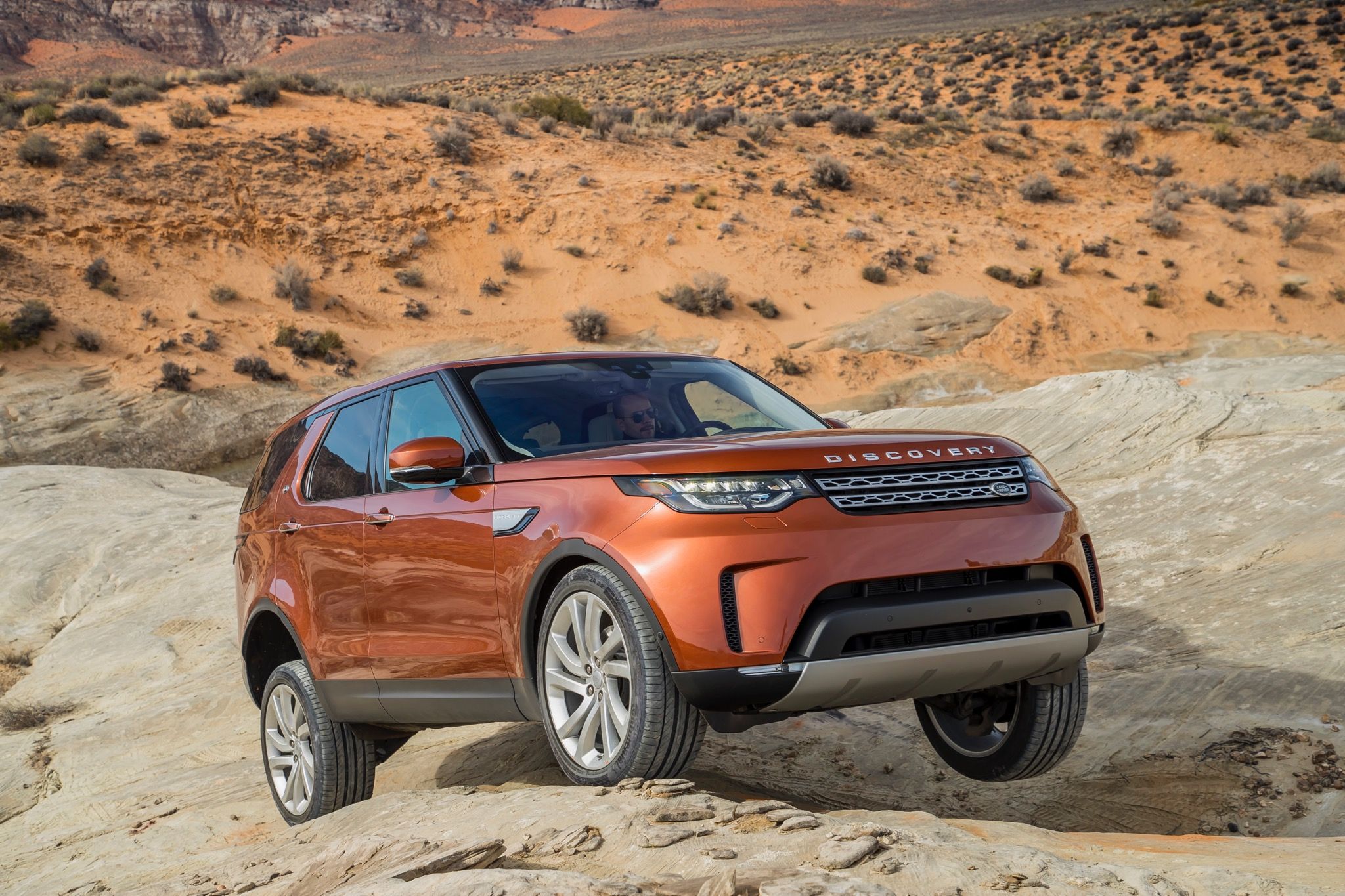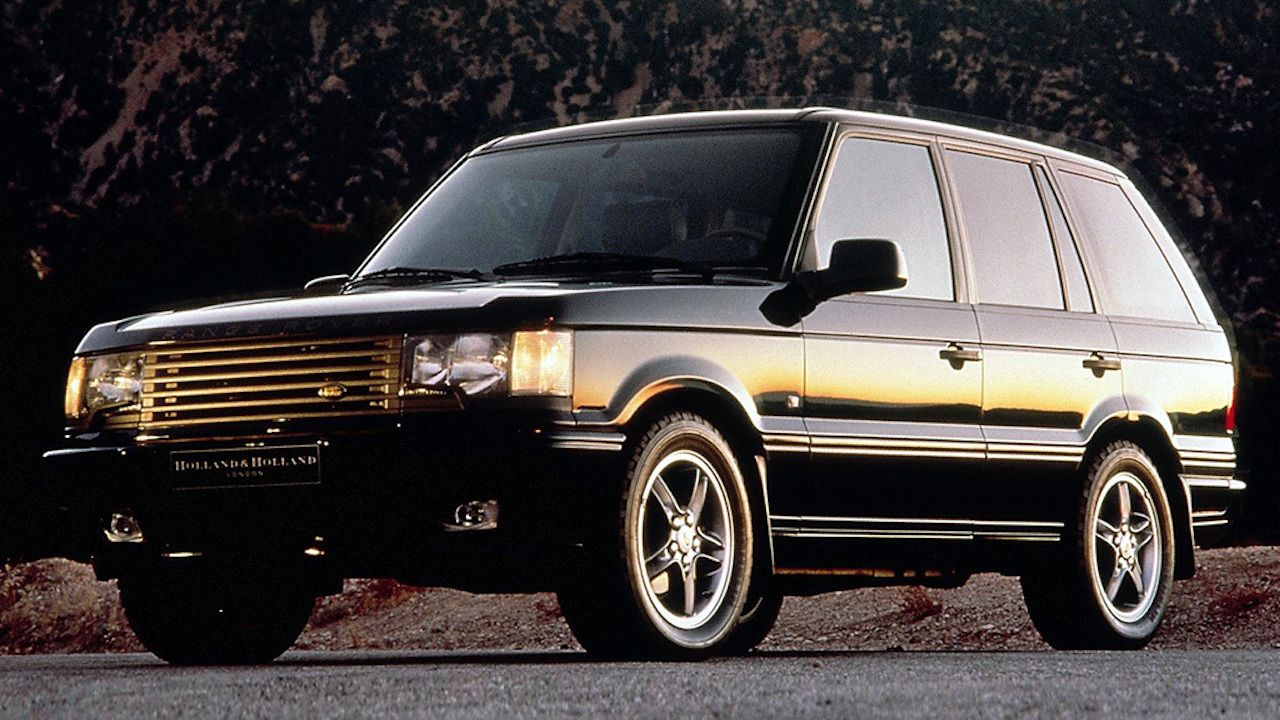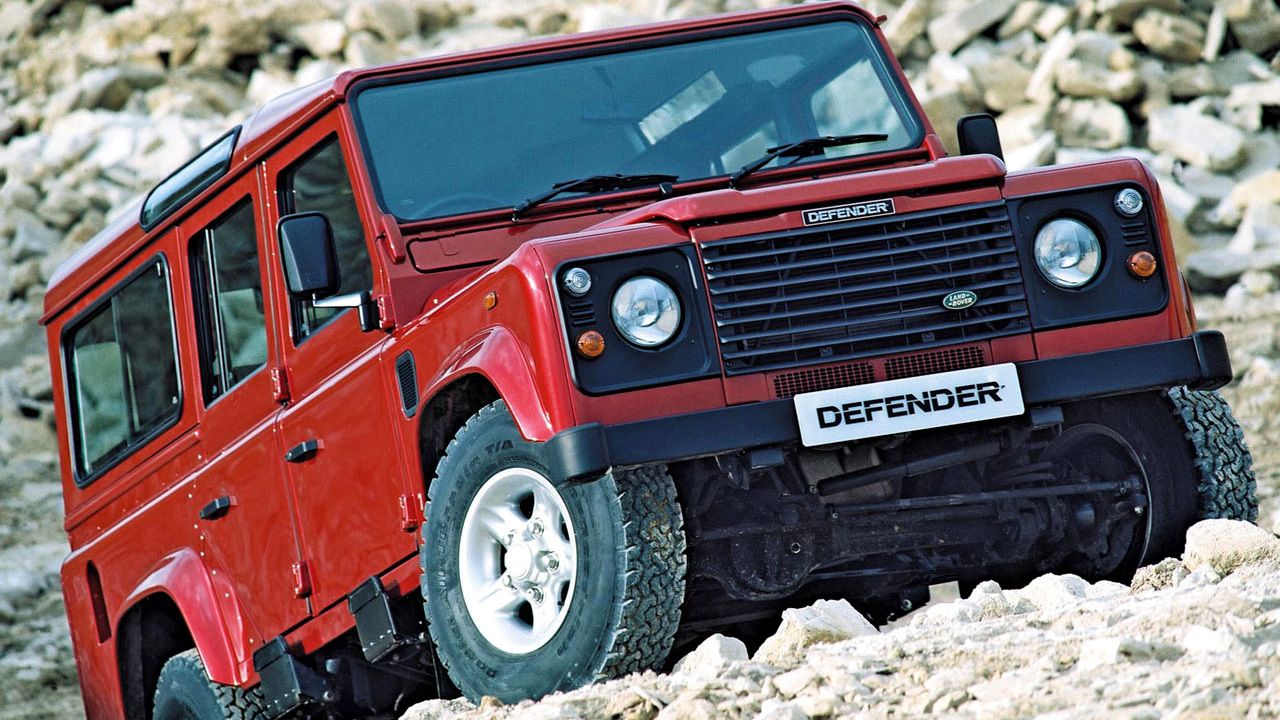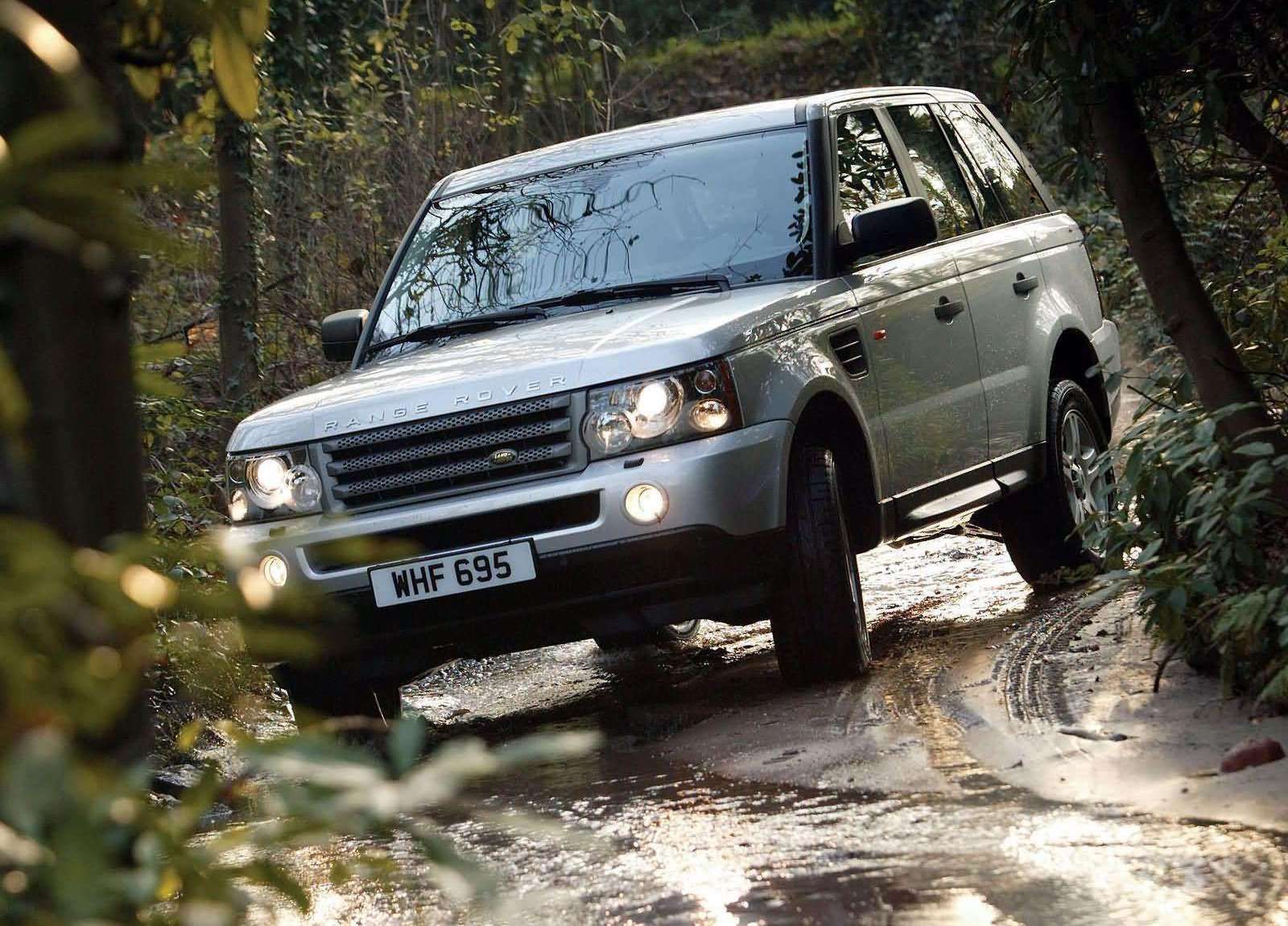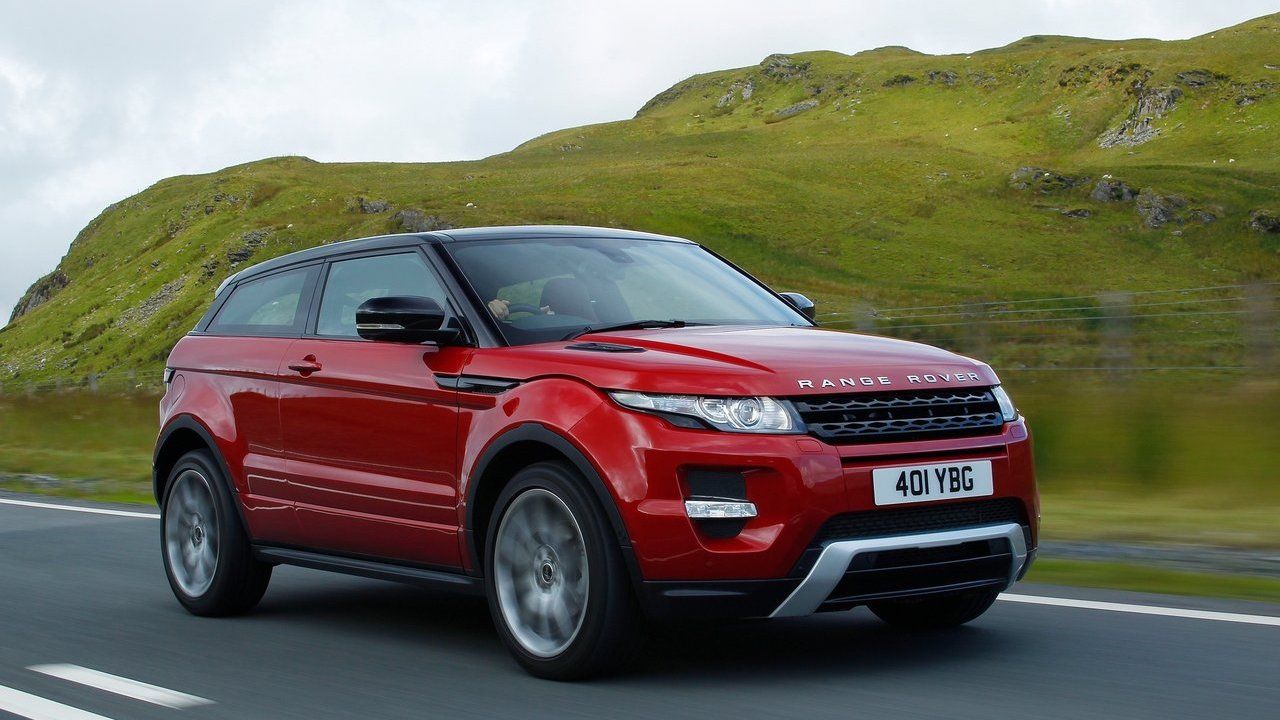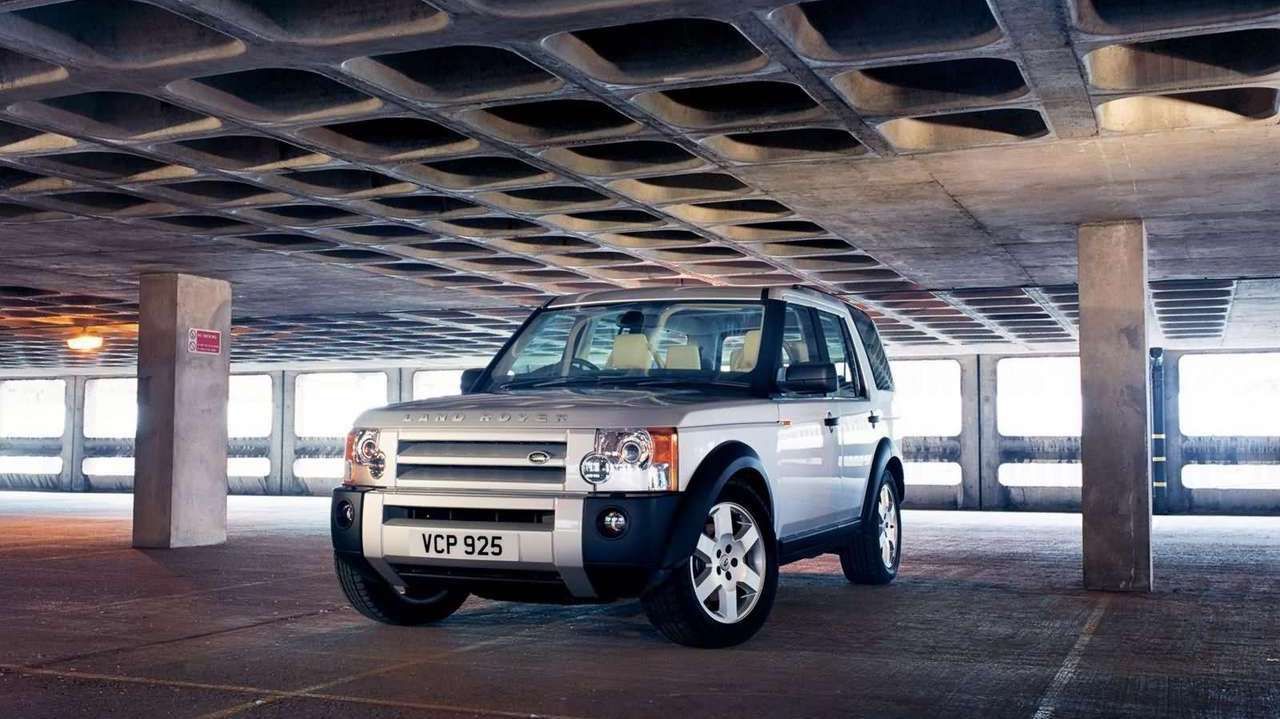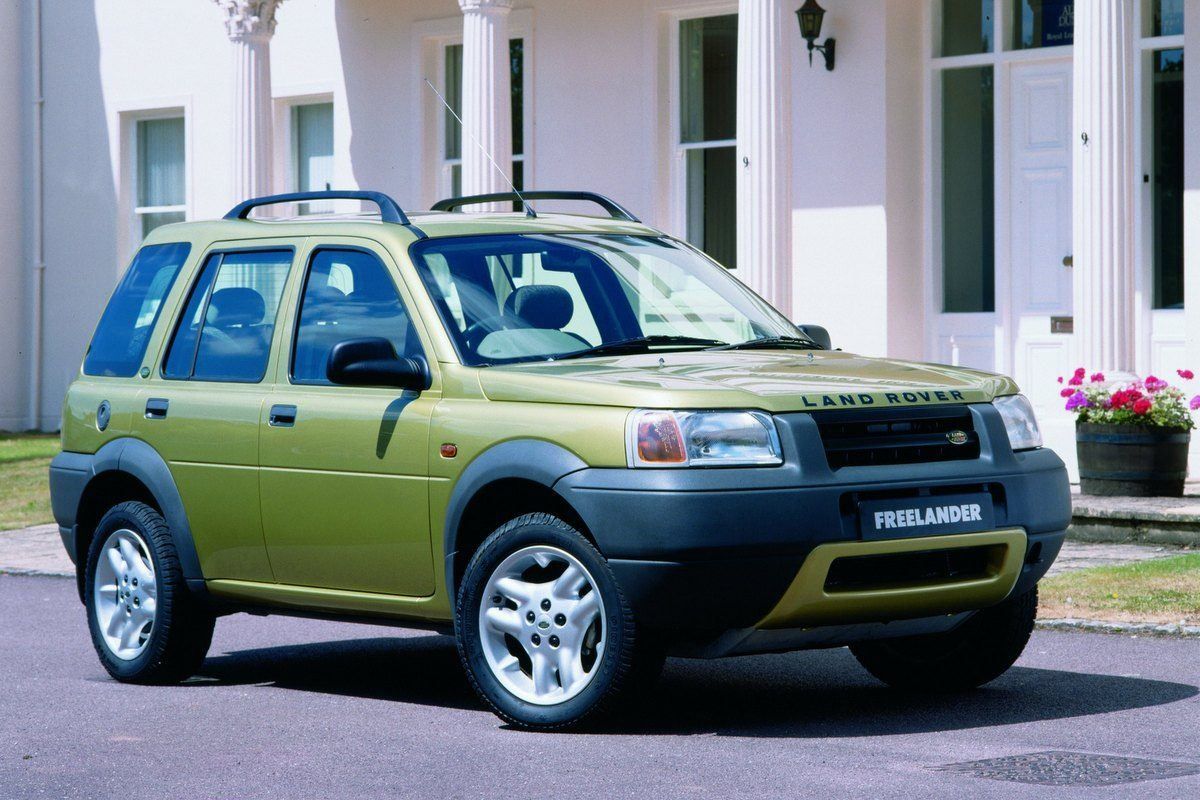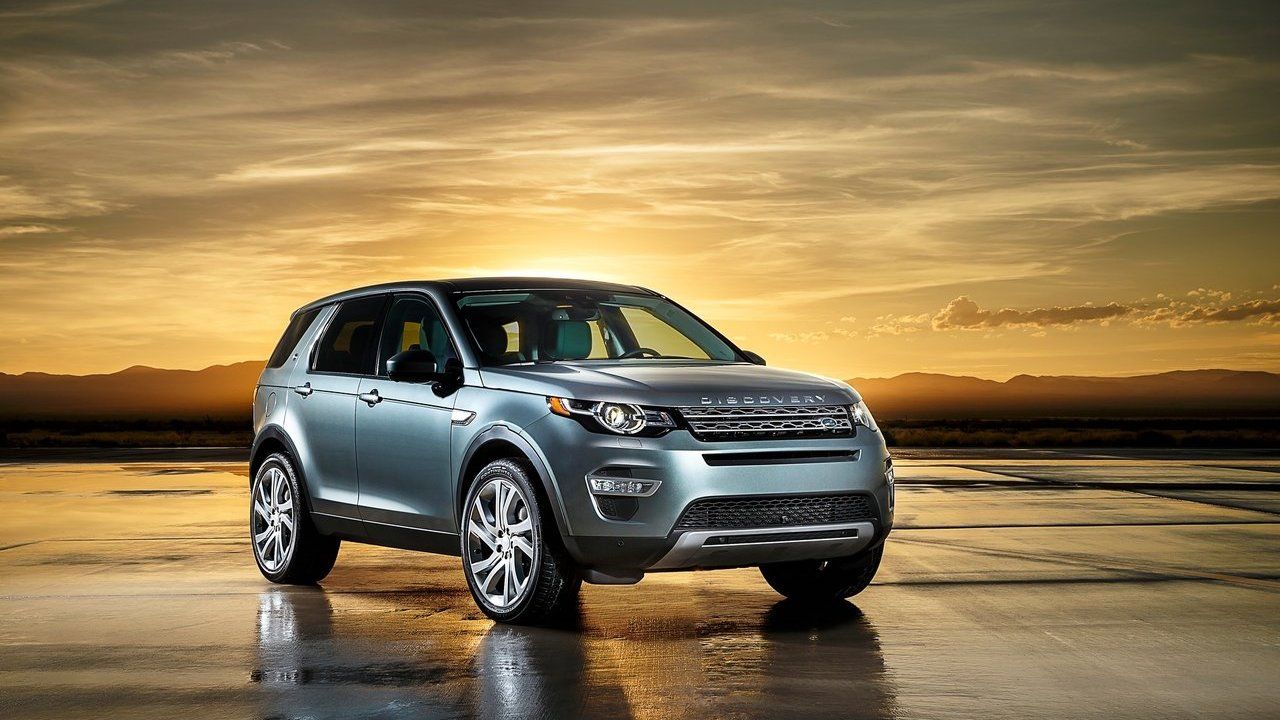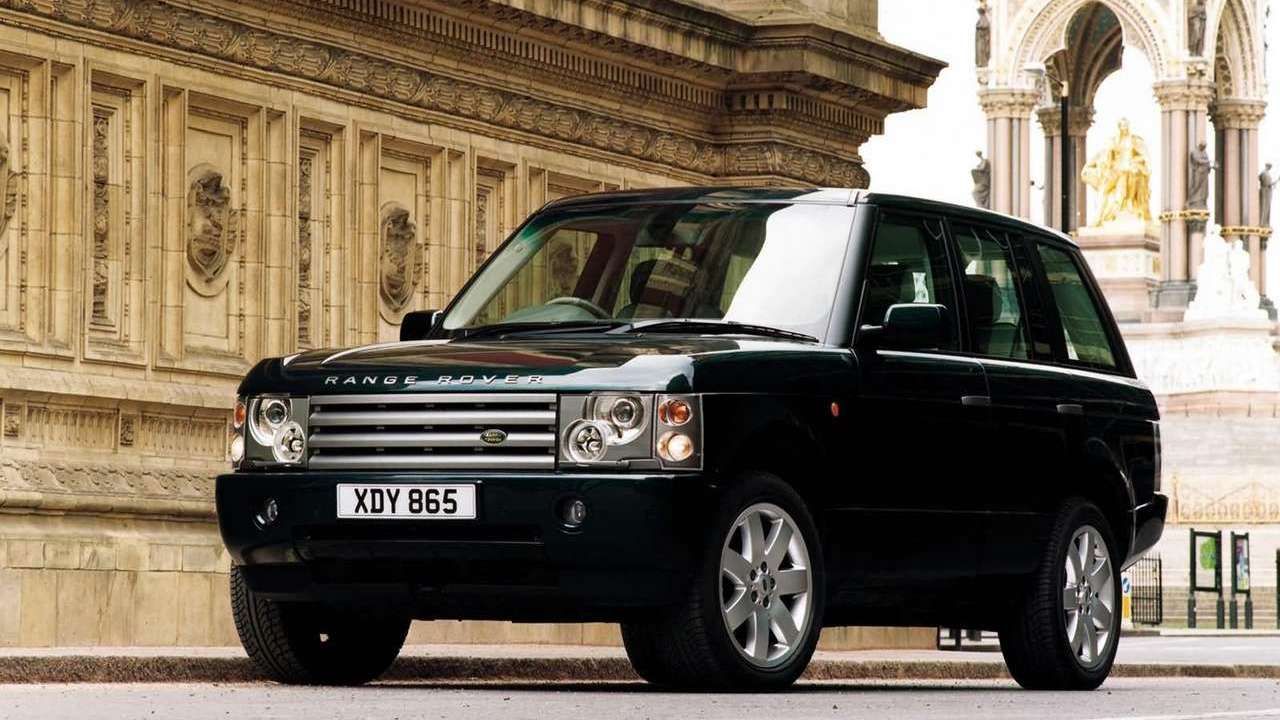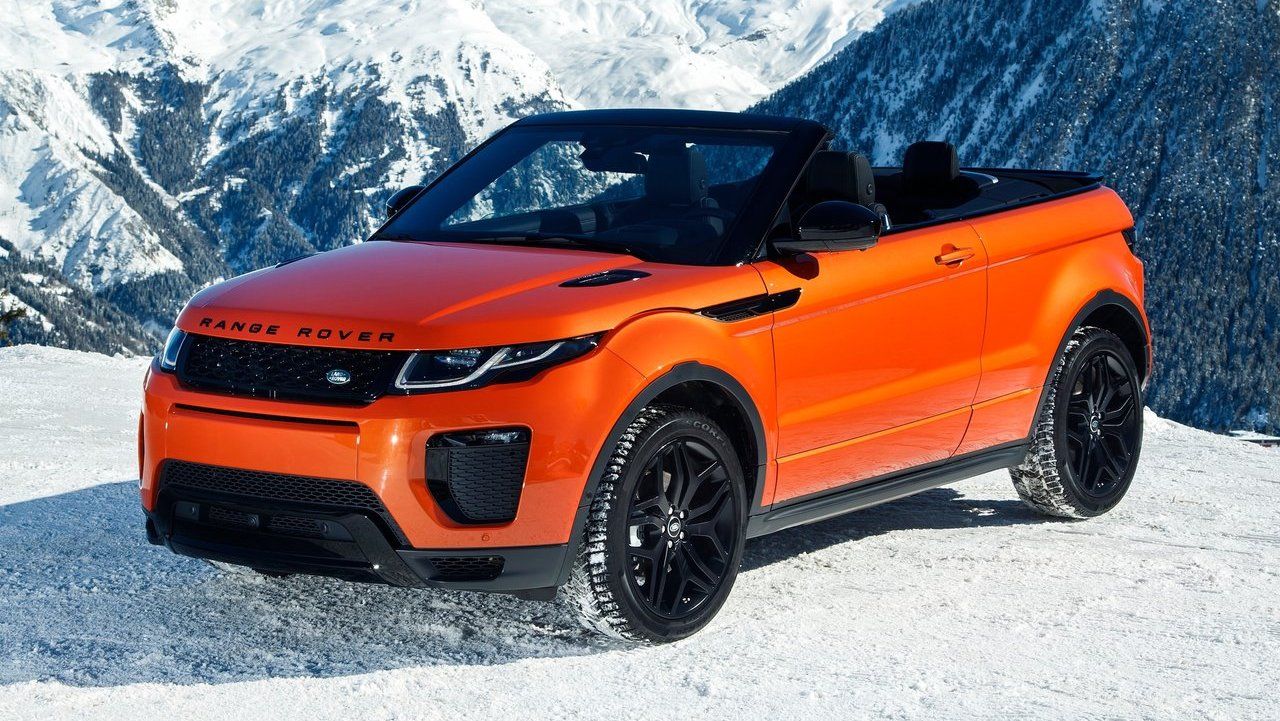British brand Land Rover is perhaps most synonymous with producing robust and capable off-roaders SUV. At least that was the case when Rover decided to produce a range of off-road focused models. The first was known as the I Series and was heavily inspired by the iconic Willys MB Jeep of WWII.
Today, the brand is much better known for its luxury vehicles. Even the iconic Defender has been thoroughly reimagined and is a far cry from its utilitarian predecessor. Unfortunately, the brand has earned a reputation for the poor reliability and durability of some of its vehicles. Despite this, consumer demand has remained very strong and chip shortages have led to long waiting lists. Demand has outstripped supply and they can’t build them fast enough. Consequently, you may be tempted to pick up a used vehicle. Let’s take a look at the brand’s back catalog and see which models might be worth deviating from.
10 2017 Land Rover Discovery L462
The third-generation Land Rover Discovery was launched in 2017 and continues in production to this day.
Also known as the Discovery 5, the model used an all-new aluminum chassis. Combined with aluminum body panels, the car was nearly 1100 pounds lighter than the model it replaced.
The rear styling proved quite divisive, with an asymmetrical tailgate design. The Discovery 5 has been recalled several times. The 2019 Land Rover Discovery model faced issues with the exterior lighting, electrical system and even an engine failure, all of which increase the risk of an accident.
9 1994-2001 Range Rover P38A
The original Range Rover, or Range Rover Classic as it’s known, enjoyed a very impressive 26-year production run. The second generation P38A model had some big boots to fill. The model focused on increasing the luxury levels on offer. The interior featured plenty of leather, with modern conveniences like climate and cruise control standard on some trim levels.
Unfortunately, it has an unenviable reputation for reliability. Electrical problems are common, with the “body control module” prone to failure. The module controls most electrical accessories and can cause all kinds of malfunctions.
8 1998-2007 Land Rover Defender Td5
The iconic Land Rover Defender was an evolution of the Land Rover Series I, II and III, produced between 1948 and 1985. Defender production began in 1983 and continued until 2016. The model was built around a steel ladder chassis and incorporated aluminum alloy bodywork. Off-road capability was a top priority and Land Rover incorporated a locking center differential to facilitate four-wheel drive.
In 1998, Land Rover launched a five-cylinder diesel engine known as the Td5. While Td5 was relatively highly praised, it was not without its problems. Cracking of the cylinder heads around the injectors was a problem in certain engine codes. The breakdown would allow diesel to reach the sump and raise the oil level. Dual mass flywheel failure is another issue to consider.
7 Range Rover Sport L320 2005-2013
The first generation Range Rover Sport was designed to provide a more dynamic driving experience than the regular Range Rover. The model was based on a radical concept car known as the Range Stormer, which had a coupé-like design.
Under the skin, the Range Rover Sport shared many of the same underpinnings as the Land Rover Discovery. There were some great engines on offer, including a 385bhp 4.2-litre supercharged V8 and a 500bhp 5.0-litre supercharged V8. As a used purchase, you need to be aware of air suspension and transmission issues that can drain you financially.
6 Range Rover Evoque 2011-2018
The Land Rover Evoque was first launched in 2011. It offered buyers the chance for a cheaper and more compact entry point into the Range Rover line. The car had a relatively revolutionary design, and would certainly have turned heads at the time.
As a used purchase, it can be a bit of a lottery. Being a more affordable option, maintenance was often taken less seriously compared to the regular Range Rover, where owners were more concerned with resale value. Electrical problems are common, with air conditioning and sat nav often falling victim. Gearboxes can also be the source of a costly repair bill, with both automatic and manual options affected.
5 2005-2009 Land Rover Discovery LR3
The Discovery 3 was launched in 2004 and represented a thorough rethinking of the model. Land Rover had worked hard to broaden the appeal of the model, and the exterior was designed to look more desirable. The cabin had moved on from the utilitarian look and feel of its predecessors and offered a fair amount of luxury.
The model was based on a larger number of electrical components, which proved unreliable. Cabin features were prone to failure and malfunction. Likewise, problems with the gearbox, parking brake, engine and suspension were also common.
4 1997-2006 Land Rover Freelander
The MK1 Land Rover Freelander was launched in 1997. The model was designed to open the brand to a new market and was aimed at young families. The model featured the rugged looks and badge appeal of the more expensive models in Land Rover’s lineup.
Although the model performed well both on and off-road, the engines were an area of weakness. The 1.8 liter “K Series” engine was the most problematic as it was prone to head gasket failure.
3 Land Rover Discovery Sport 2014-2019
The compact and luxurious Discovery Sport was first produced in 2014. The model replaced the aging Freelander and sought to compete within the growing crossover segment. To this end, the Discovery Sport made use of unibody construction, helping to deliver high levels of comfort.
Buyers looking to secure an early example should be aware of handling issues. The model is prone to faulty front stabilizer blankets, which can cause instability and crunching noises.
2 2002-2005 Range Rover L322 pre-facelift
The third-generation Range Rover was produced between 2002 and 2012. Early models featured a classic-looking design, before a facelift in 2005. The cabin was very well appointed, with full leather upholstery , electric seats, satellite navigation and a DVD. entertainment system.
Car air suspension can be both expensive and frustrating to maintain. There are numerous points that can fail, including sensors, the compressor, voltage supply problems, and short circuits due to water in the spare tire well. Front driveshafts are another area of concern, due to a non-flexible coupling that puts stress through the component.
1 Range Rover Evoque Convertible 2016-2019
In 2017, Land Rover decided something was missing from the Evoque range. To the surprise of many, it was a convertible version of the car. The model featured a folding soft top and could be folded in about 18 seconds. Conveniently, the roof can even be dropped on the fly, operating at speeds of up to 30 mph.
Unfortunately, form compromises function and practicality takes a hit. The space required to accommodate the folded roof severely hampers the cargo compartment, making it much less useful. Along the same lines, chassis strengthening adds a notable 610 pounds of mass. As a result, handling and performance are compromised.



